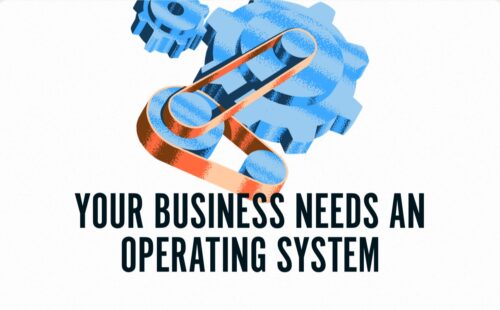With my first book I was willing to try anything. I had no idea what would work, so I was willing to try long-form sales pages, tiered pricing, and using a pre-launch list. With each successful launch I took the tactics that worked, threw out what didn’t, and refined my methods.
Now I have an exact playbook for how I package and launch books that I followed exactly when I relaunched The App Design Handbook, iOS 7 Edition. And it works wonderfully: the new edition sold $36,000 in its first 24 hours and has since passed $50,000 in sales. My most successful book launch ever!
So what’s the problem?
One tactic in my playbook is to offer a 20%-off sale during the first 24 hours of launch. This has two purposes: first, to reward the early buyers, and second, to add urgency to the sales process to close more sales. It works really well. When I send that reminder email that the sale is ending there is always a large spike of thousands of dollars in new sales.
Brennan Dunn and I were talking a few weeks ago about that incentive for early buyers. The discussion was that it may be better to add a different bonus (a private online hangout, more training, or additional content) to everyone who buys in that first launch period to incentivize sales.
The theory is that this would increase revenue since you would no longer be giving a large discount to the people who would buy anyway, no matter what the price is. You could give those early purchasers something more special and exclusive feeling than just saving a few bucks.
This conversation happened a few weeks before I launched The App Design Handbook, iOS 7 Edition, so why did I go with my usual 20% off at launch instead of this new bonus strategy?
Because I am afraid to experiment.
I know the sale will drive significant revenue. Revenue I may be giving up if I try a new, untested strategy.
When I had nothing to lose I would try everything. Now I know what will work, so I’m afraid to try anything new.
My biggest takeaway
With each prior launch I’ve learned something new. All my ideas were new for the first launch of The App Design Handbook. For Designing Web Applications I learned that flipping the sales page so that the most expensive package was first would drive much more revenue. And for Authority I learned about sending that launch reminder email we’ve been discussing.
Can you guess what I learned from The App Design Handbook, iOS 7 edition?
I learned that my methods work.
That’s it.
A huge, successful launch gave all my tactics another test—and they passed with flying colors. But I didn’t learn anything new.
All because I didn’t push my own limits and wasn’t willing to fail.
Willing to fail
For my next products I’m going to start experimenting again. I’m not going to throw away the tactics that I know work so well, but I will change things up and keep learning. I’ve accepted that my next launch may not be bigger than my previous launches. I’m putting my desire to experiment and learn over my need for everything to go perfectly.
Pricing will change, product format will change, and the launch incentive will change.
So what is the next product?
My next product is for designers and developers who want to learn Photoshop, but are as frustrated as I am by the current training available. If you try to learn Photoshop today, most tutorials will teach you how to make a photo black and white, how to remove red-eye, and how to remove that pesky tourist from your otherwise perfect vacation photo.
I’m not a photographer. I don’t care about those parts of Photoshop.
Instead I use Photoshop to design user interfaces for great software. The Photoshop skills that a software designer needs are entirely different from what a photographer will use to retouch photos. Paths, shapes, layer styles, and the pen tool are all core tools used to design an interface, but most tutorials won’t teach them until the intermediate or advanced parts of the course.
So my new video course, Photoshop for Interface Design, will teach software professionals exactly what’s needed to design beautiful applications in Photoshop. It will cut through all the features you don’t need to care about and go straight to the techniques that you’ll use every day.
You can sign up for launch announcements, tutorials, and all the other details here:
Photoshop for Interface Design


Being a developer, I tried many times to learn more about design and how to use photoshop to rely less on designers. I think it’s hard to find good resources about photoshop and what you can do with it for web and mobile design. Hope your video course will help me !
“But I didn’t learn anything new. All because I didn’t push my own limits and wasn’t willing to fail.”
Great point. Similar sentiment is echoed by David and Tom Kelly in the book “Creative Confidence”. Came to this realization with own site recently in terms of trying new things and being willing to fail. Amazing what you can learn!
I feel the same thing happens with design (speaking from the perspective of design agency owner, hired to design & build websites for clients). You can get into a rut with regards to layouts that you know work; solutions that you know work and are now easy to implement; and so forth.
It’s a slippery slope, at least in the web design world, to becoming that shop that all of a sudden is still building sites in tables, ya know?
Good things to be aware of, that’s for sure.